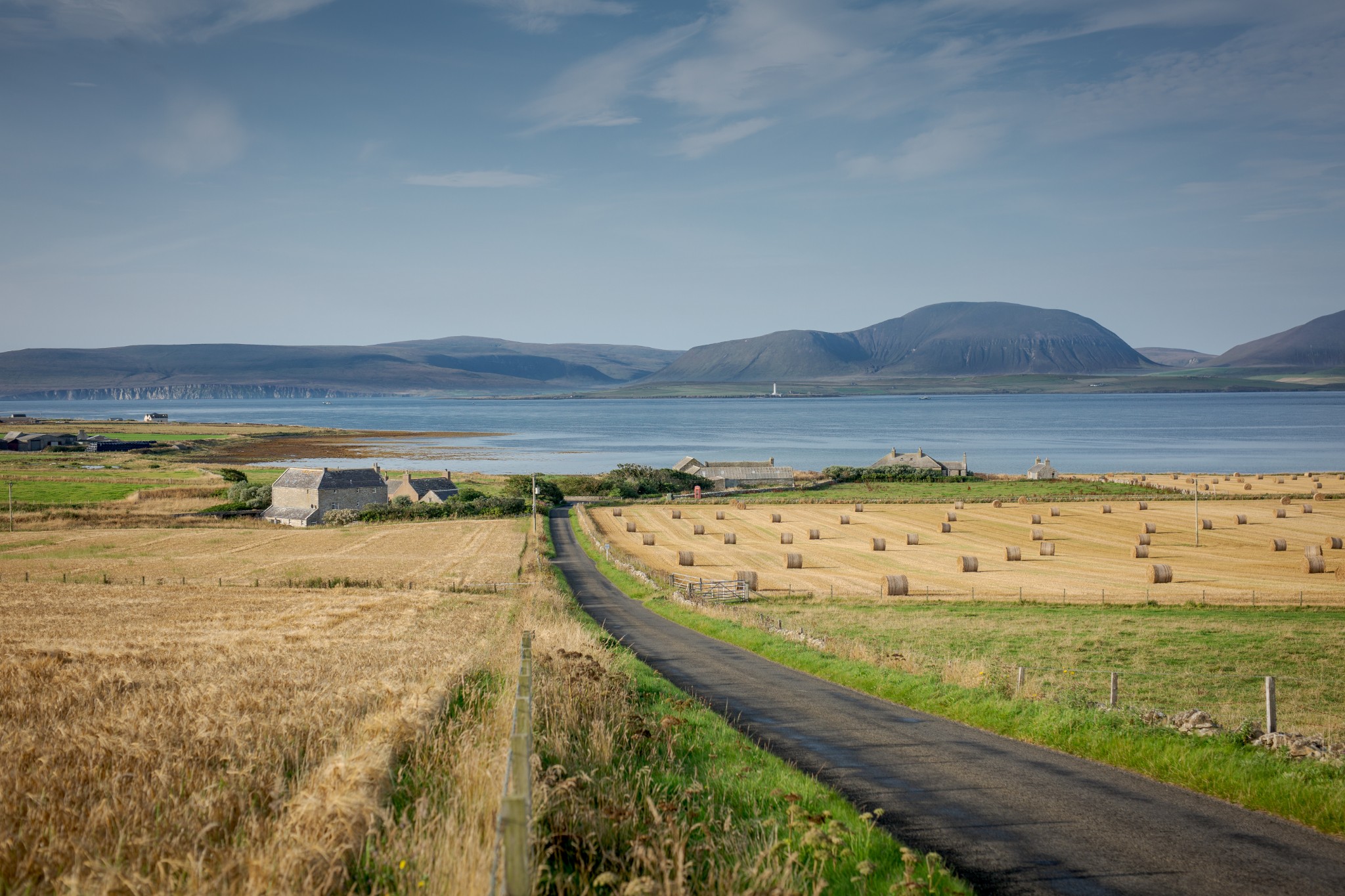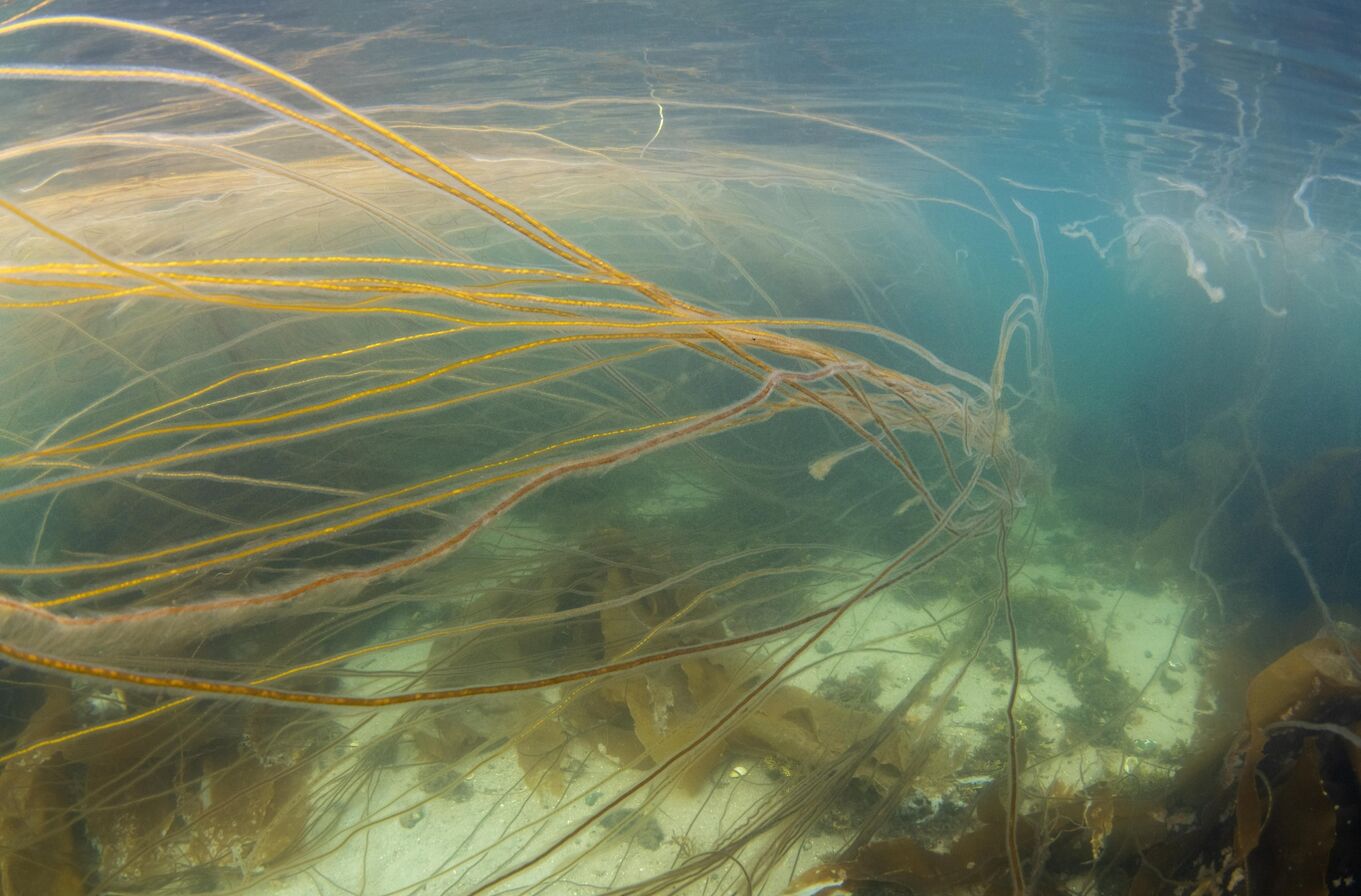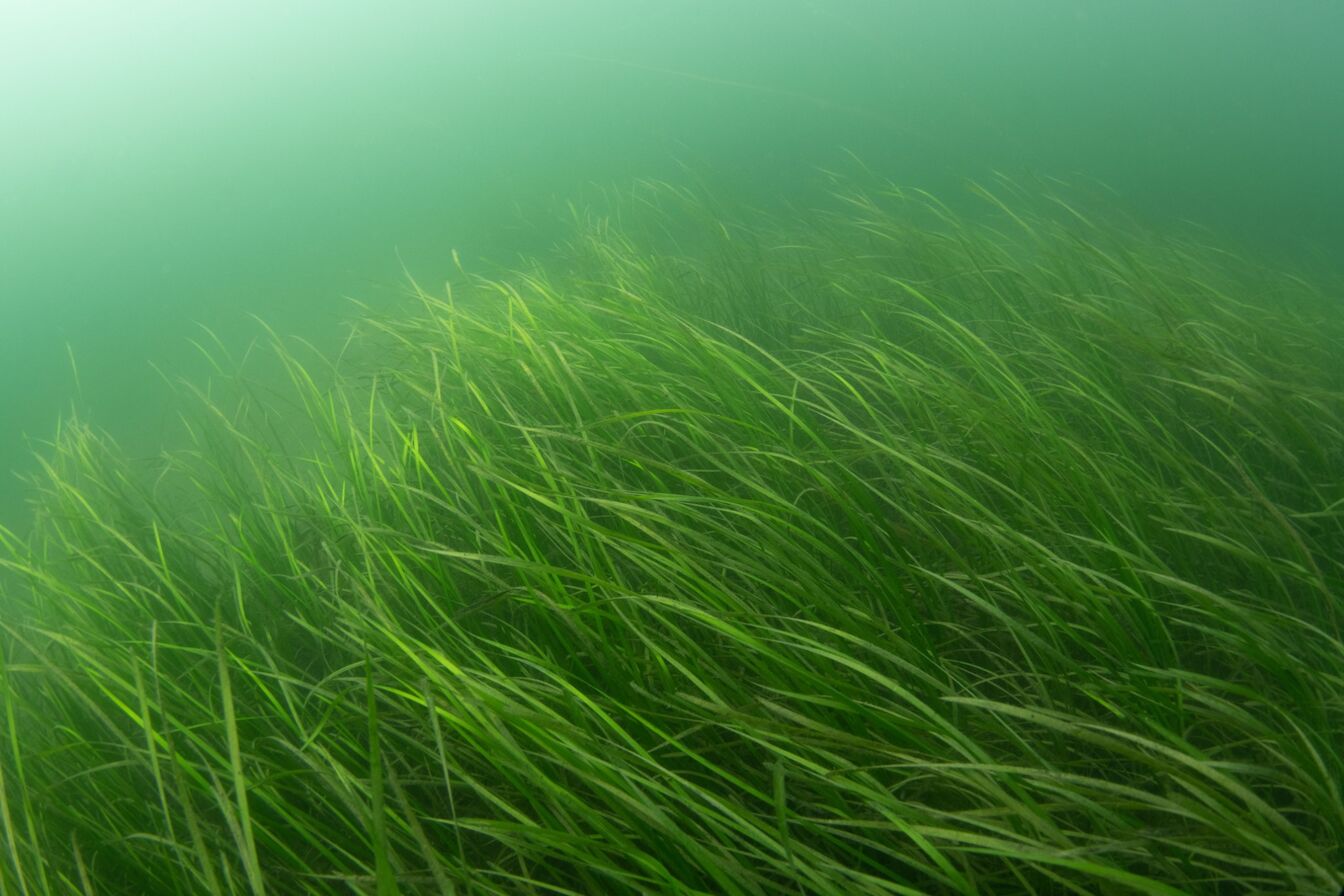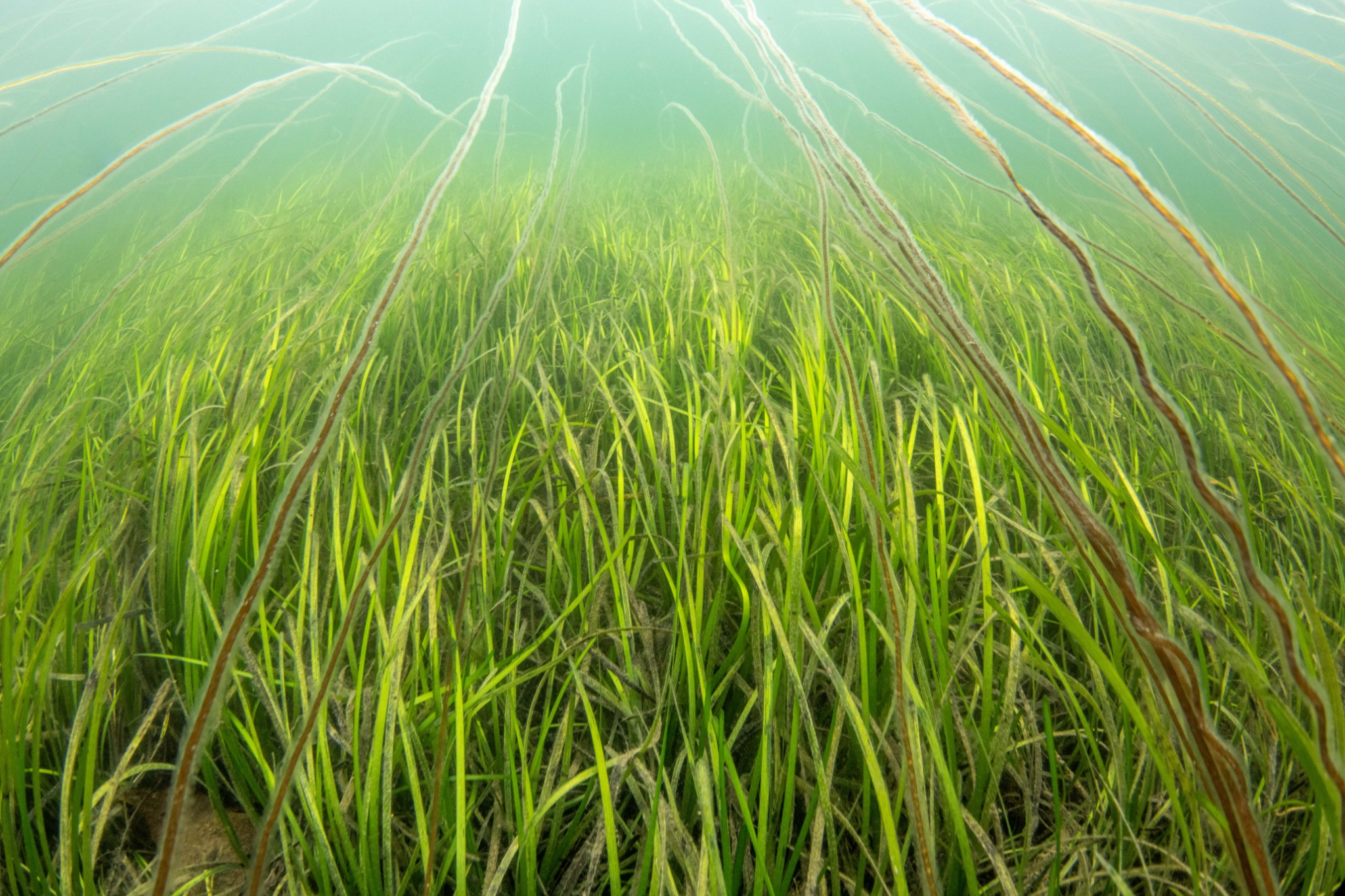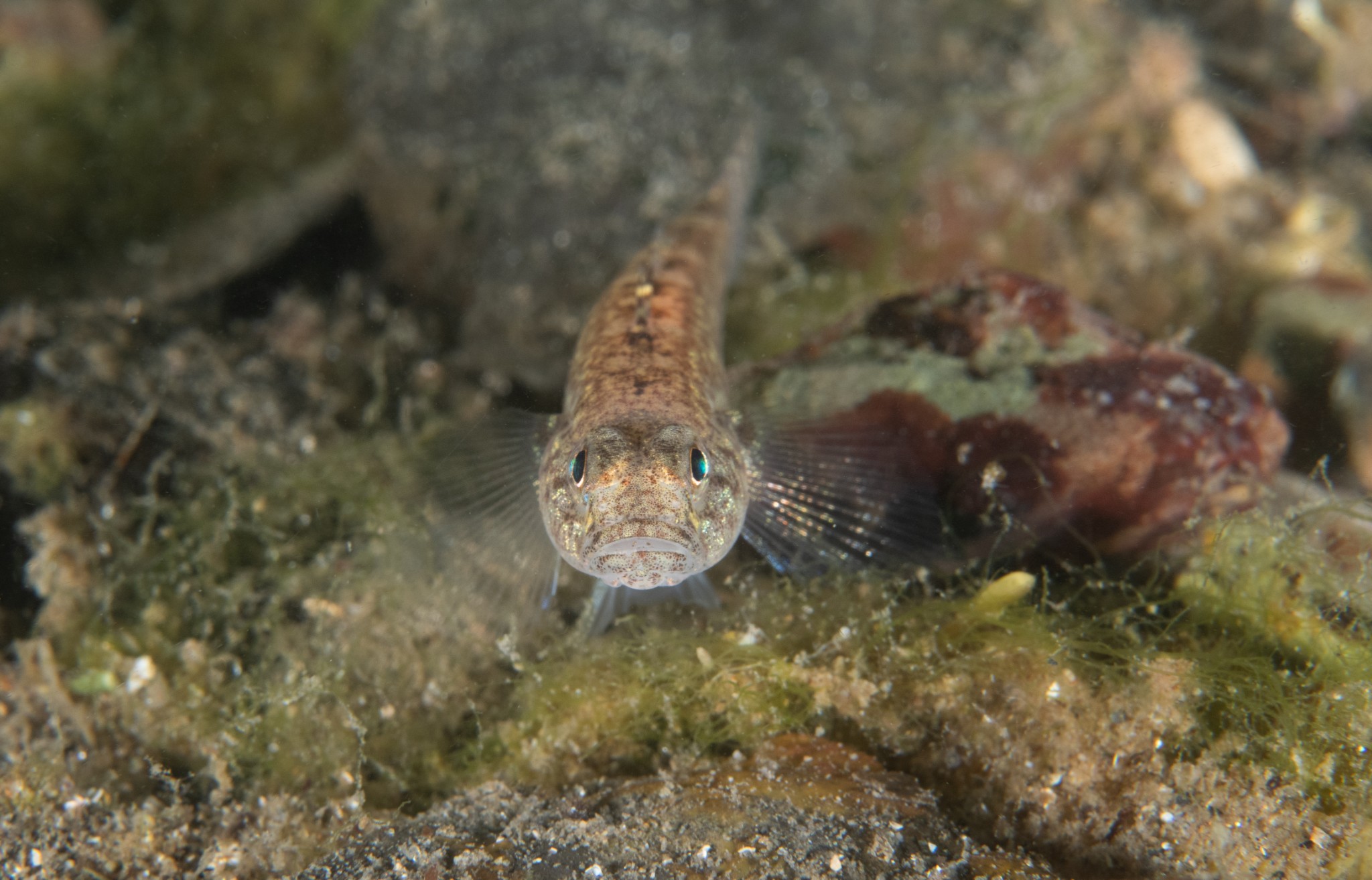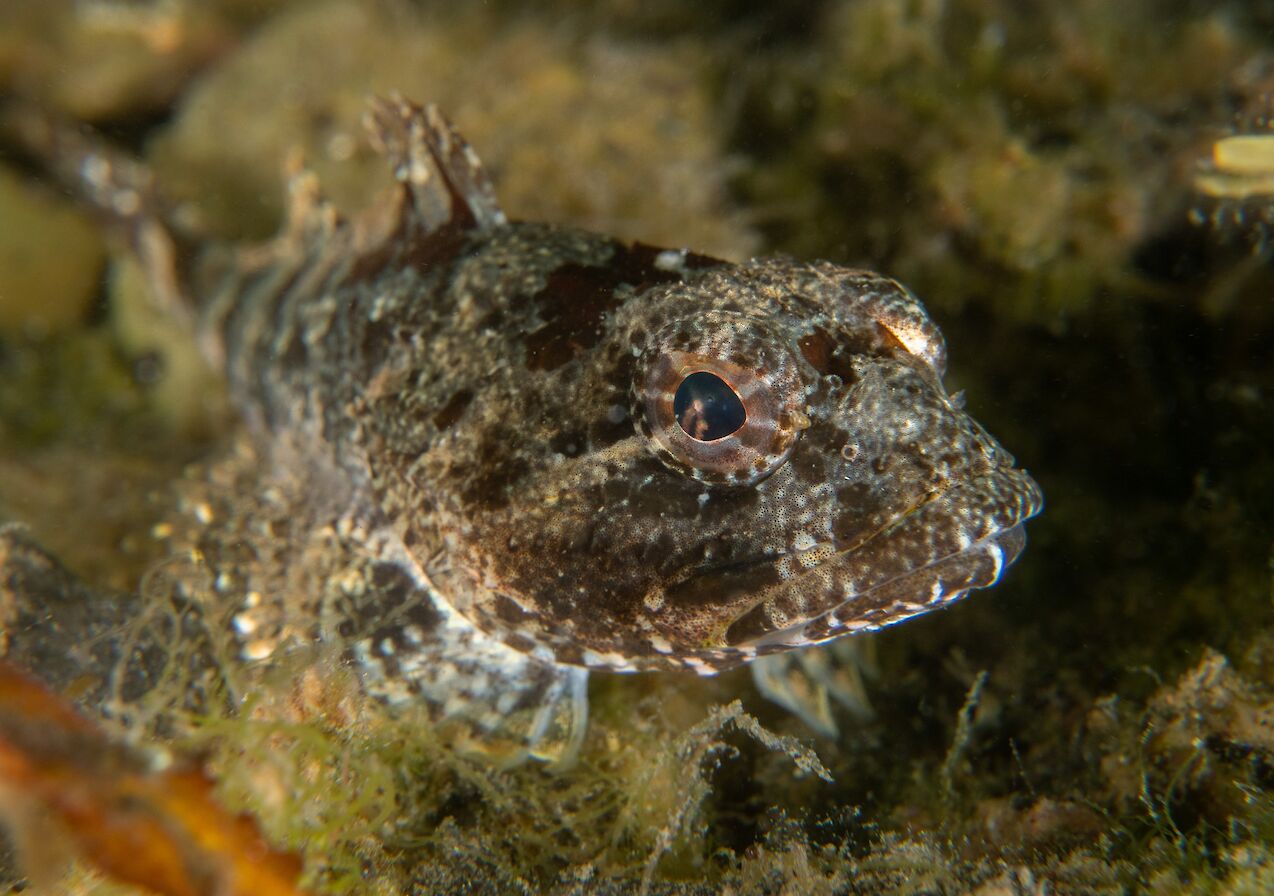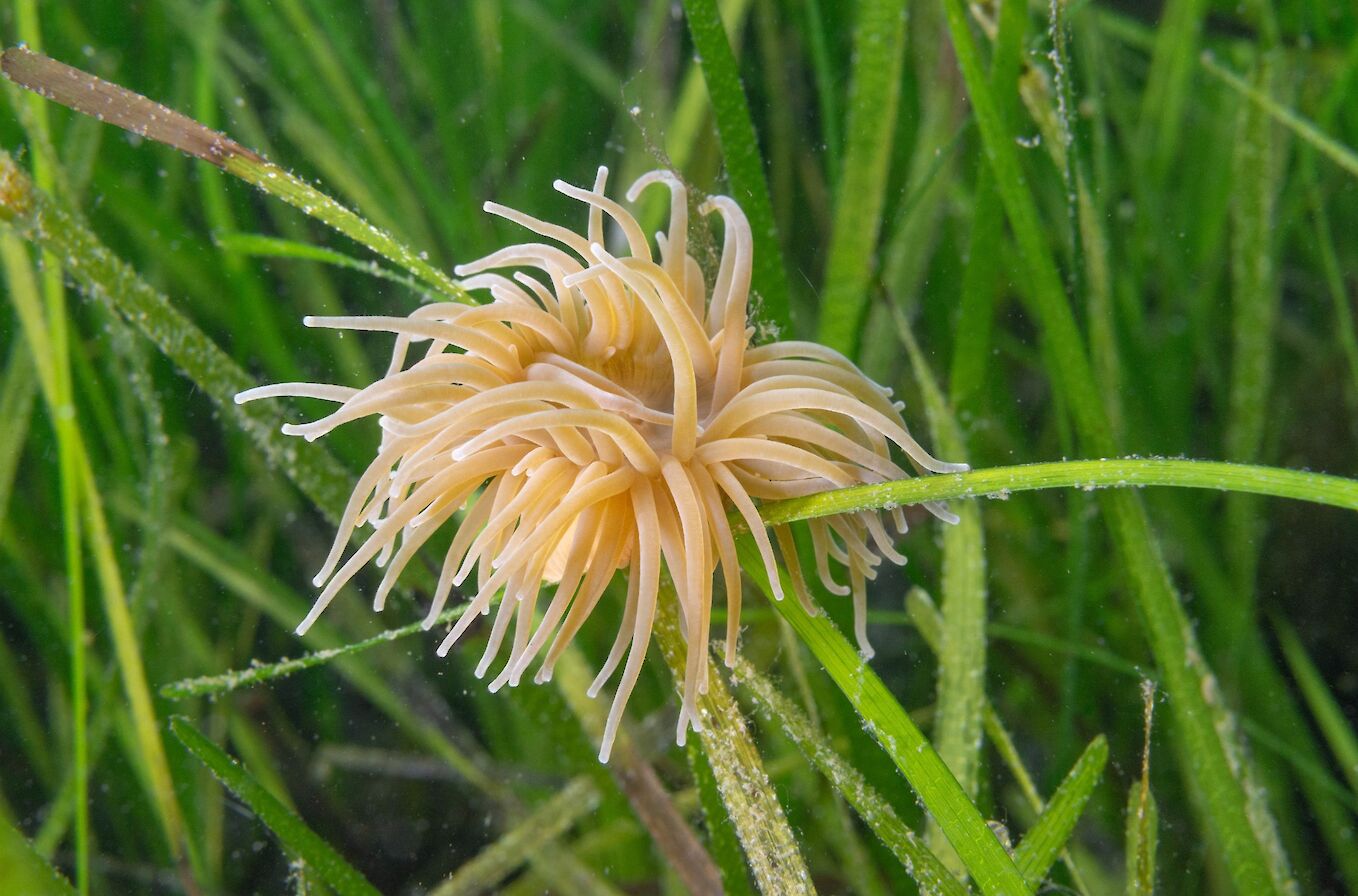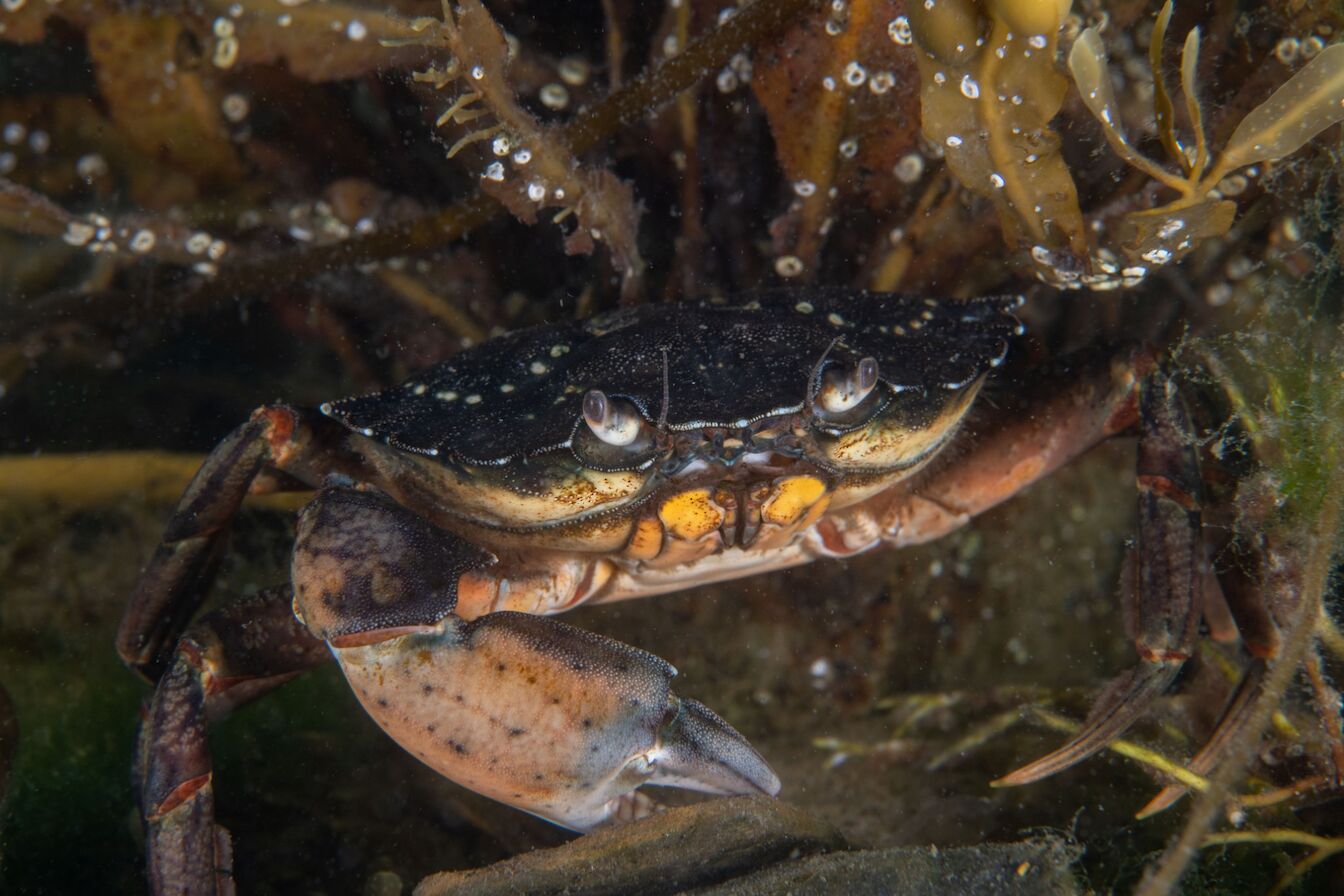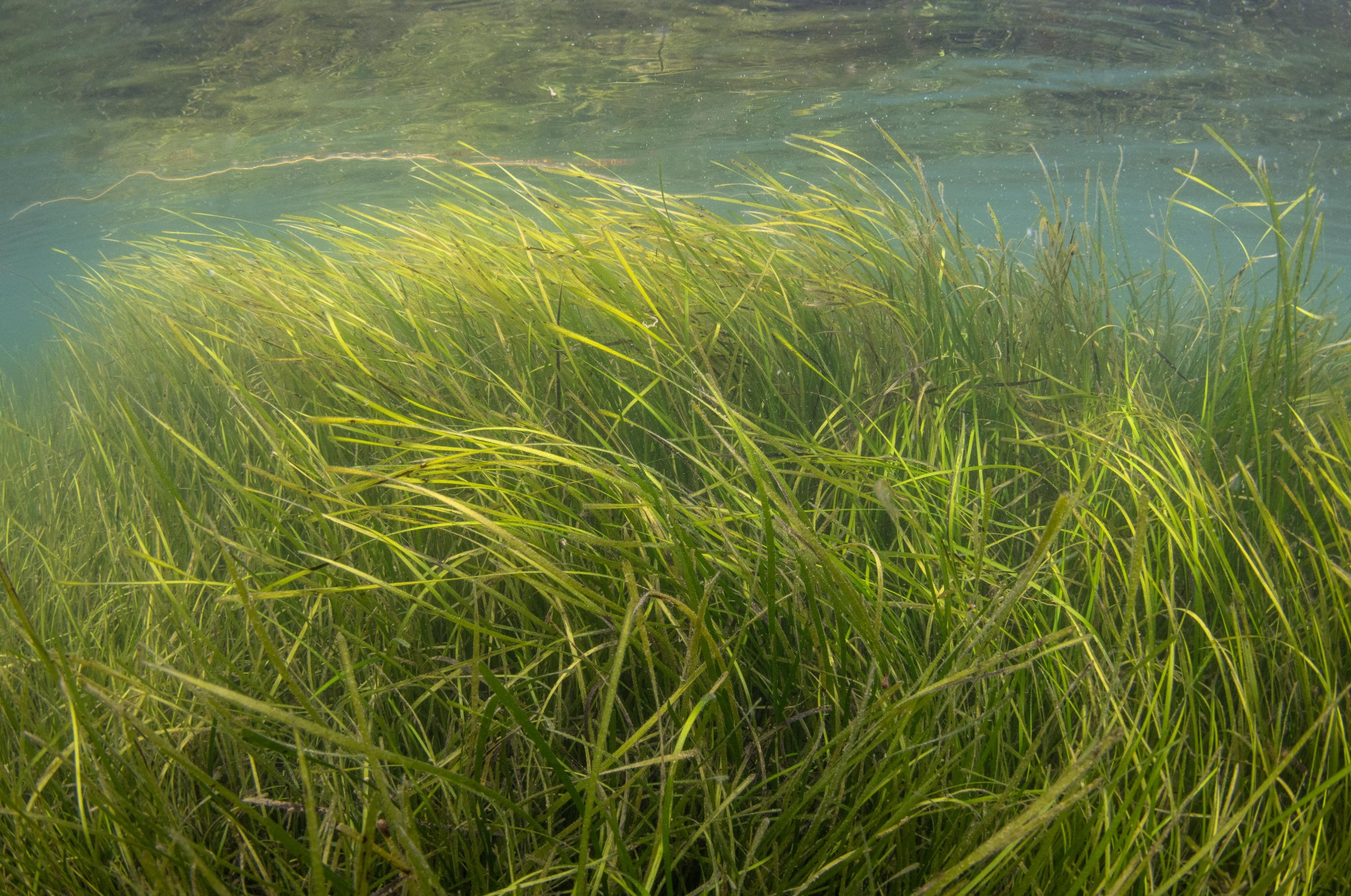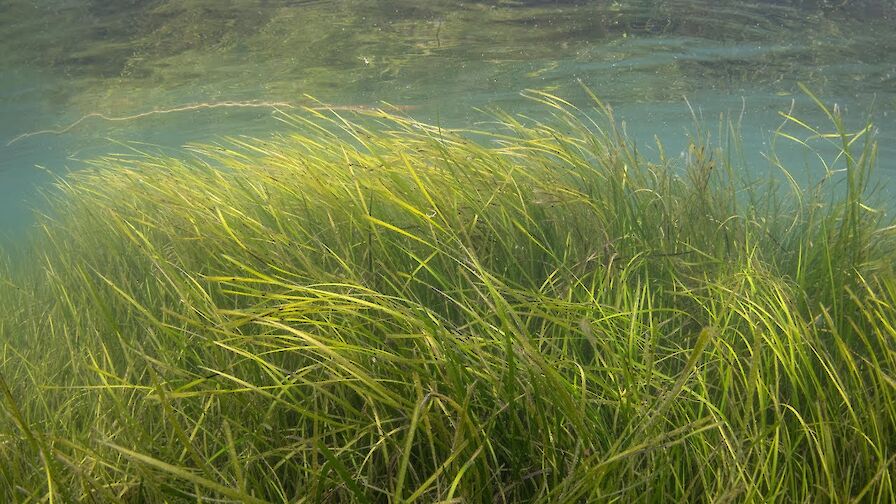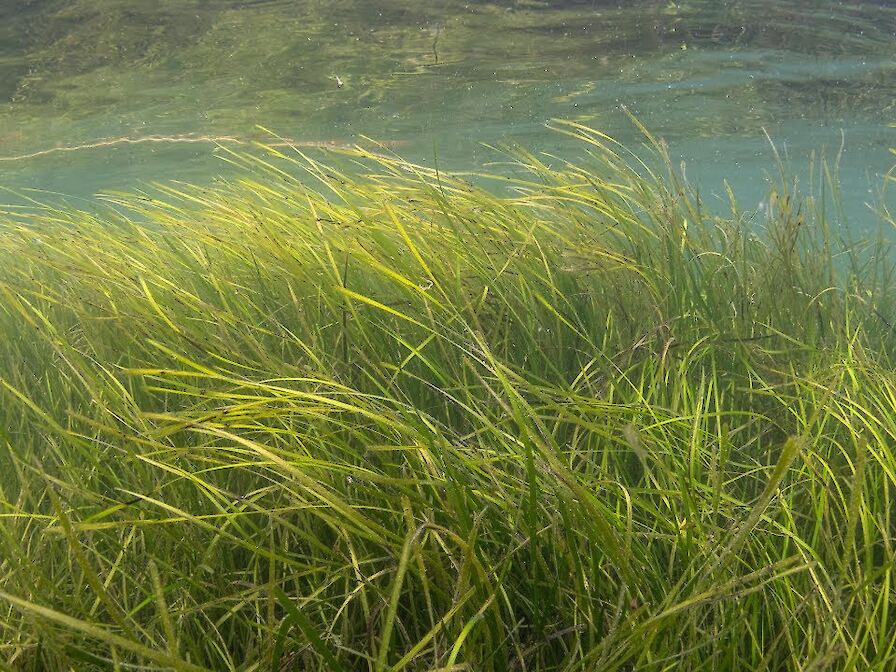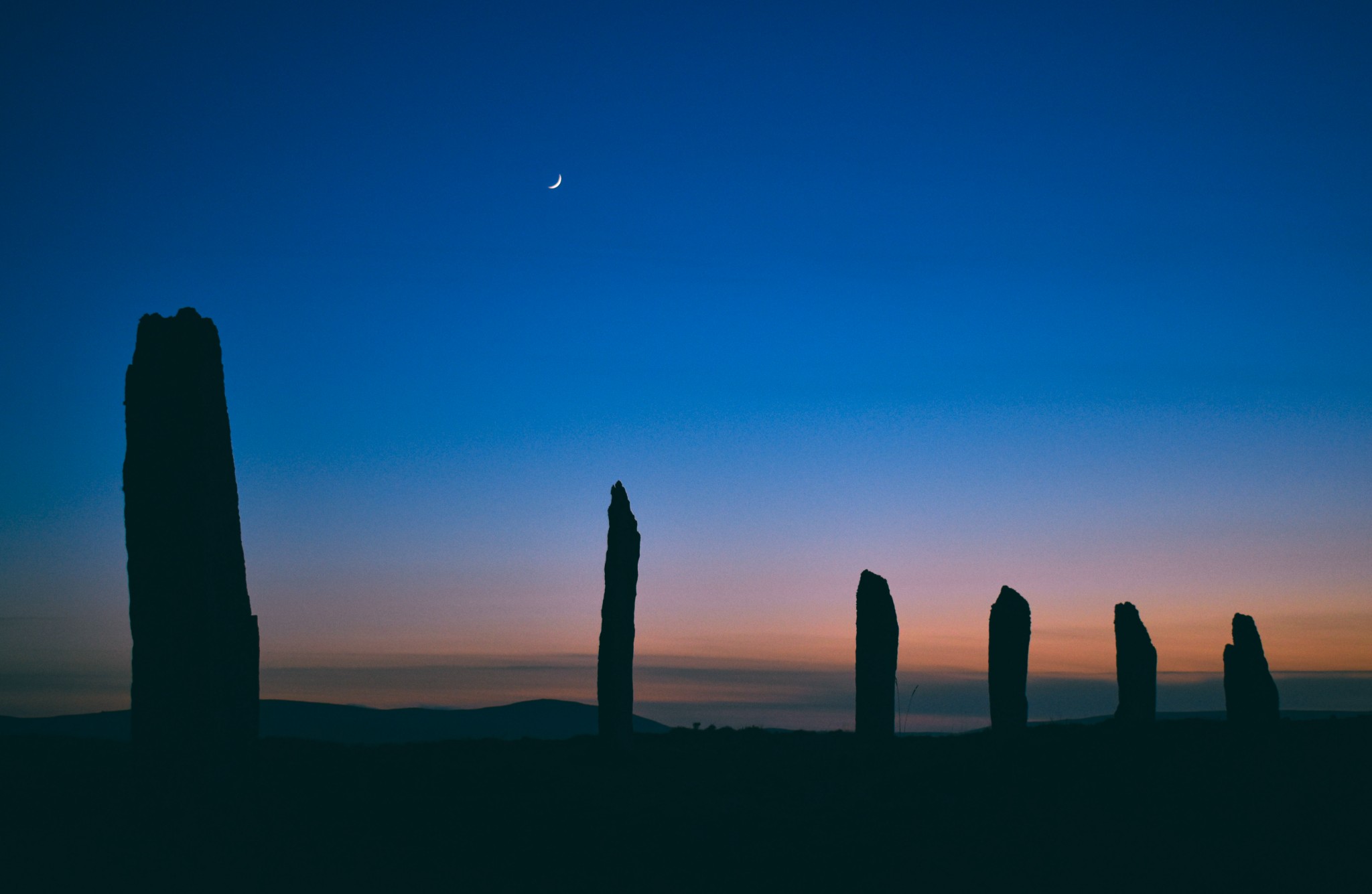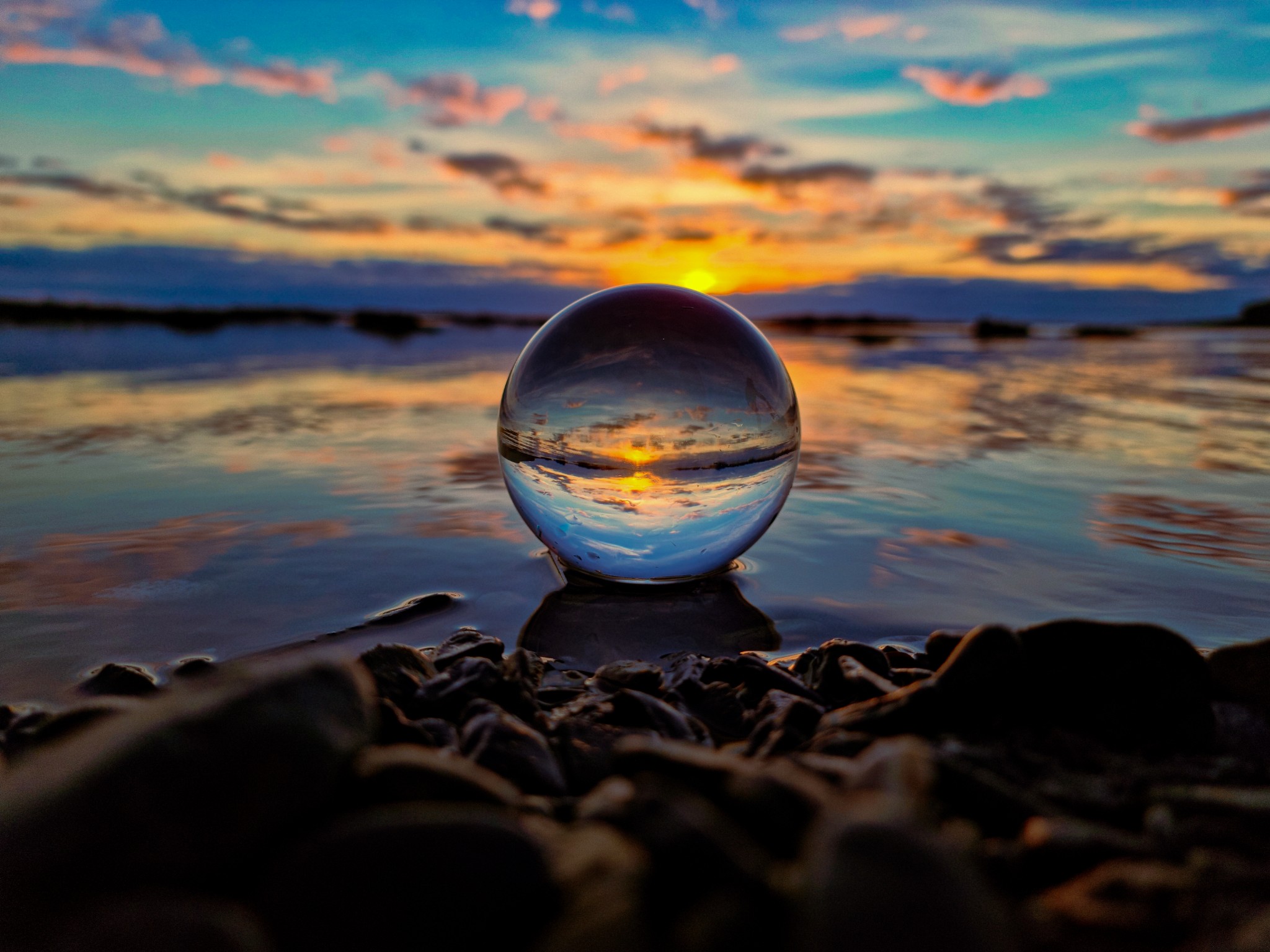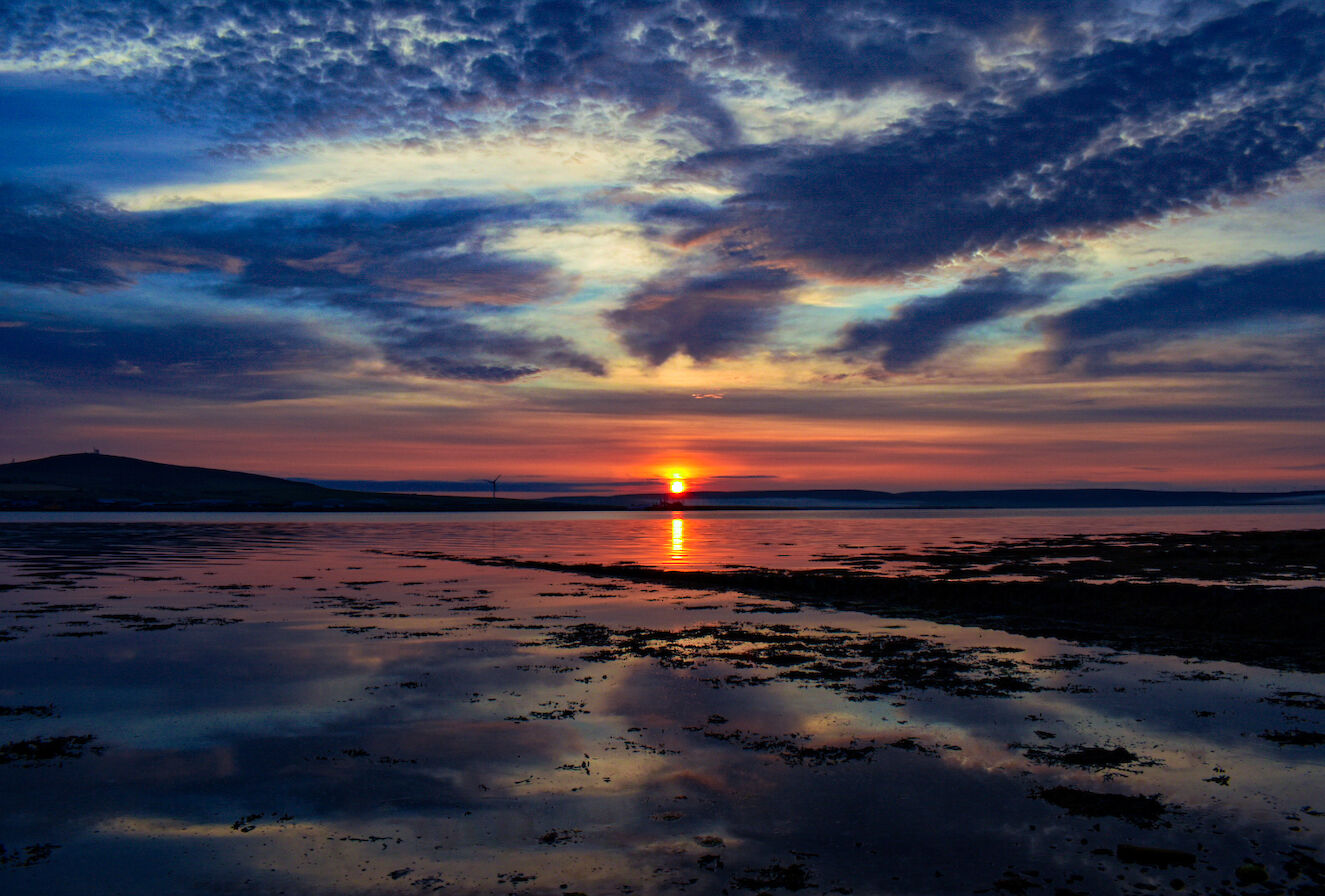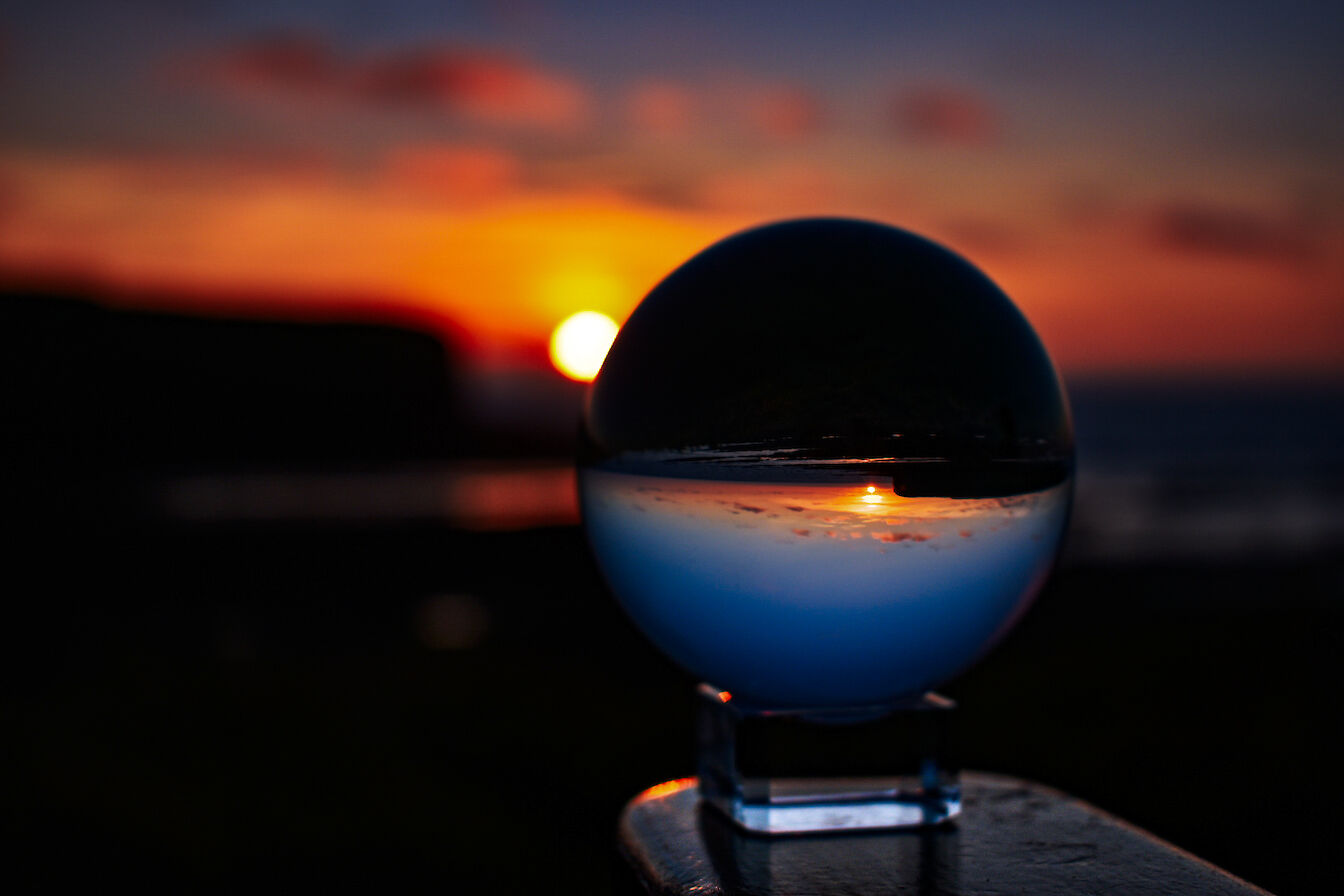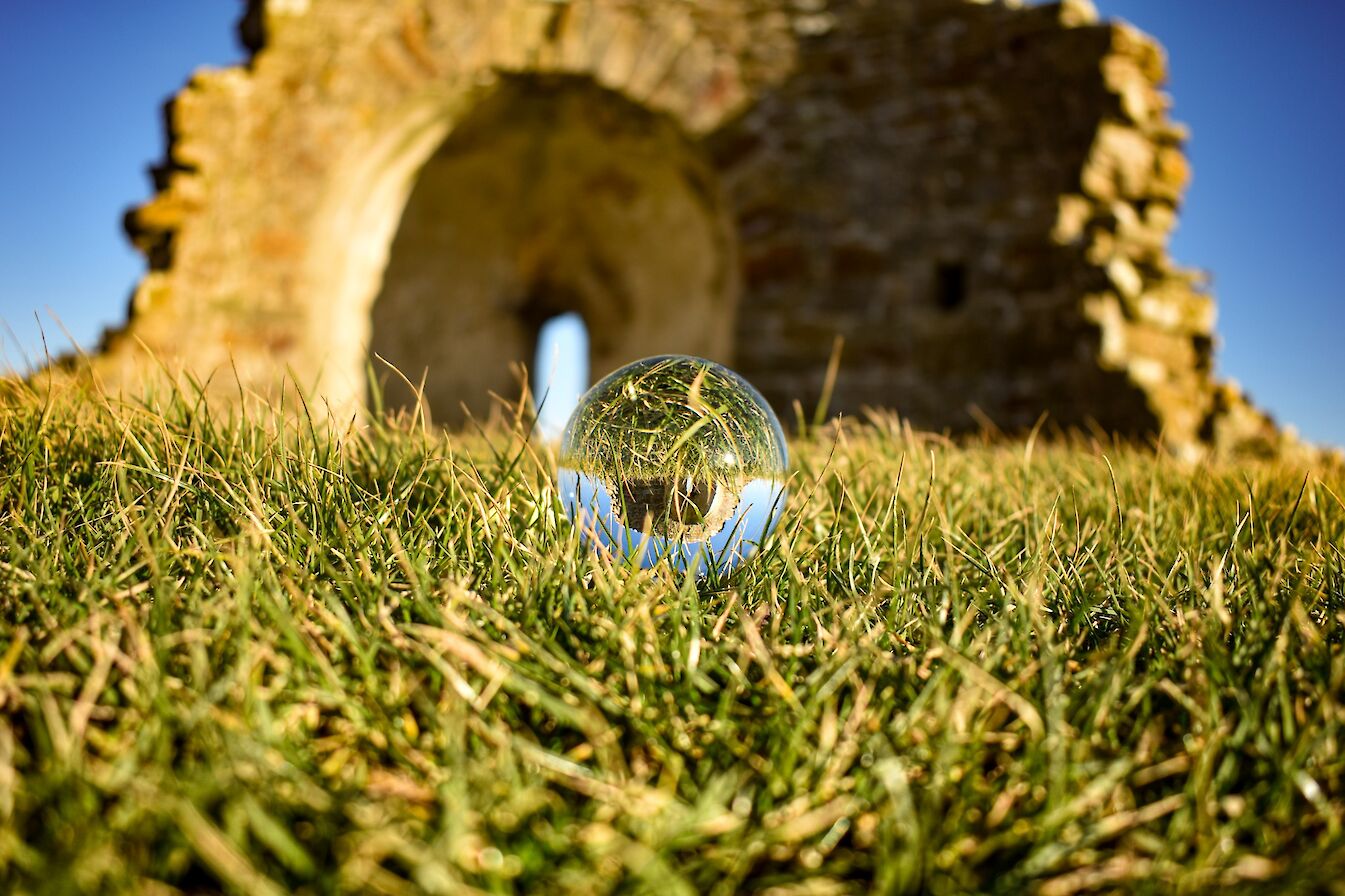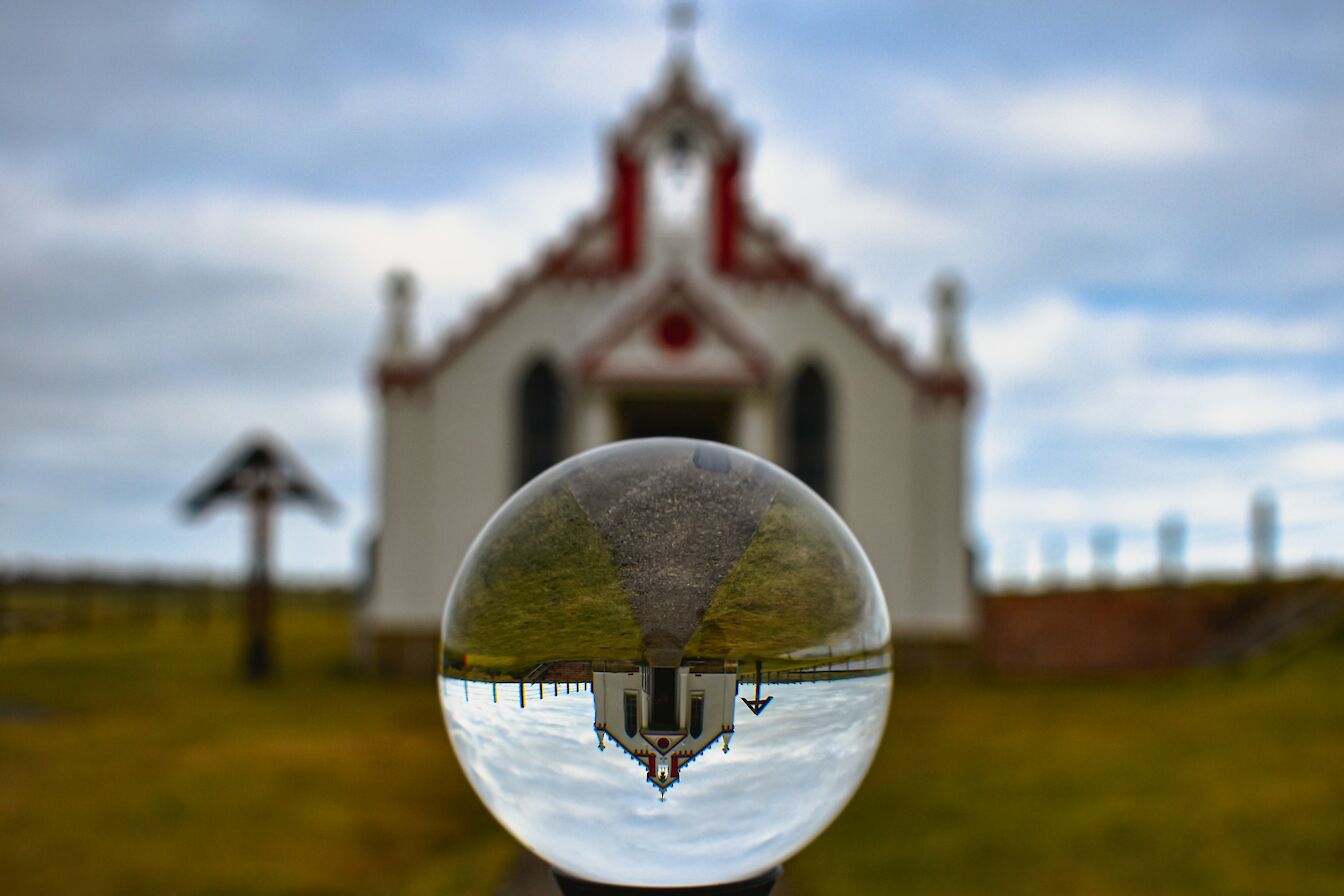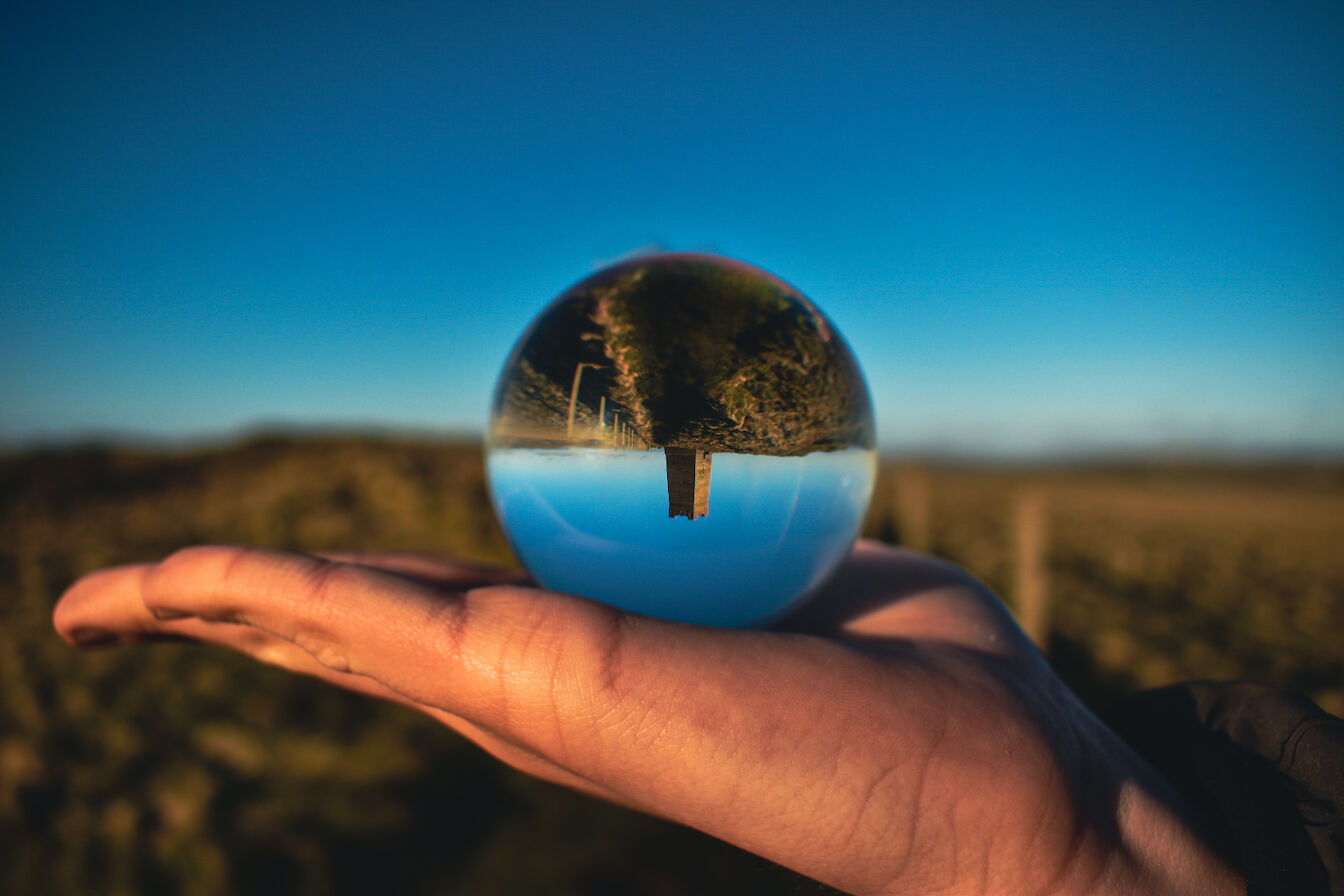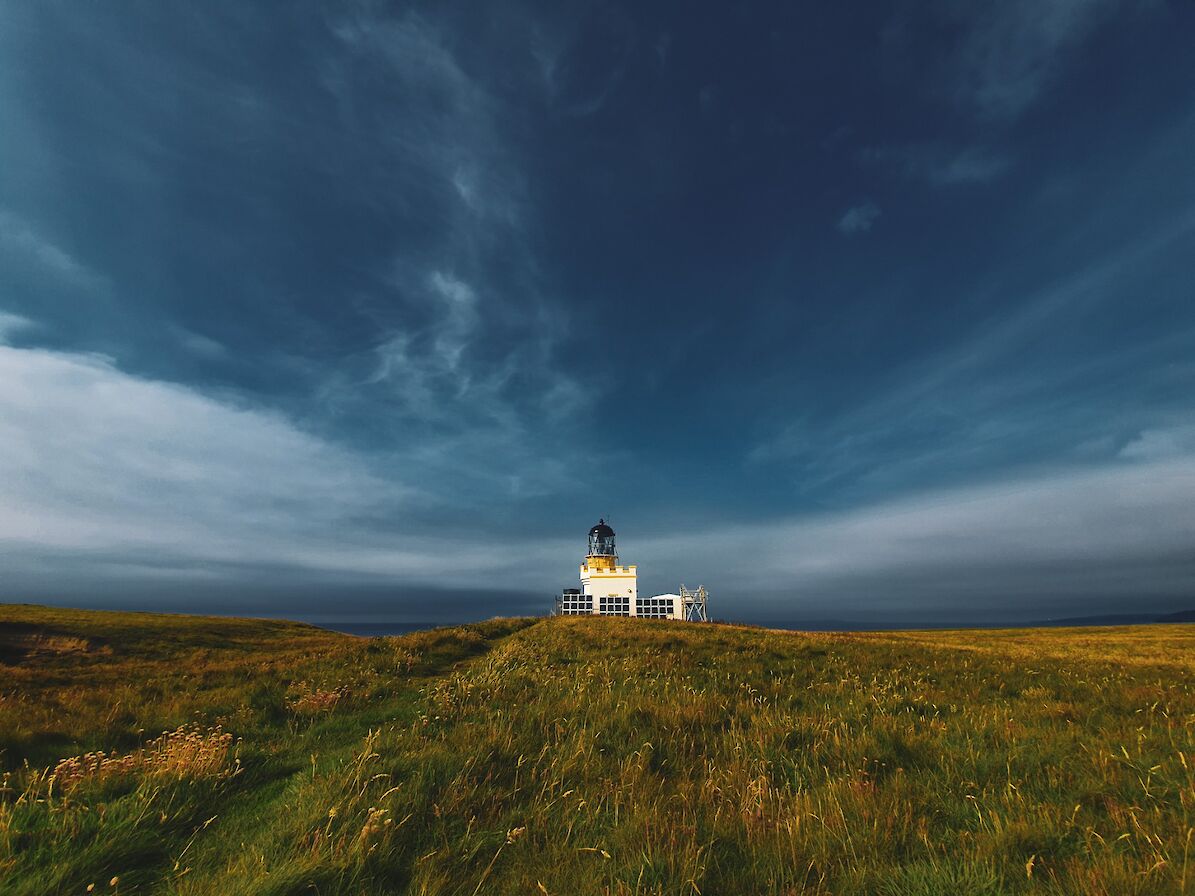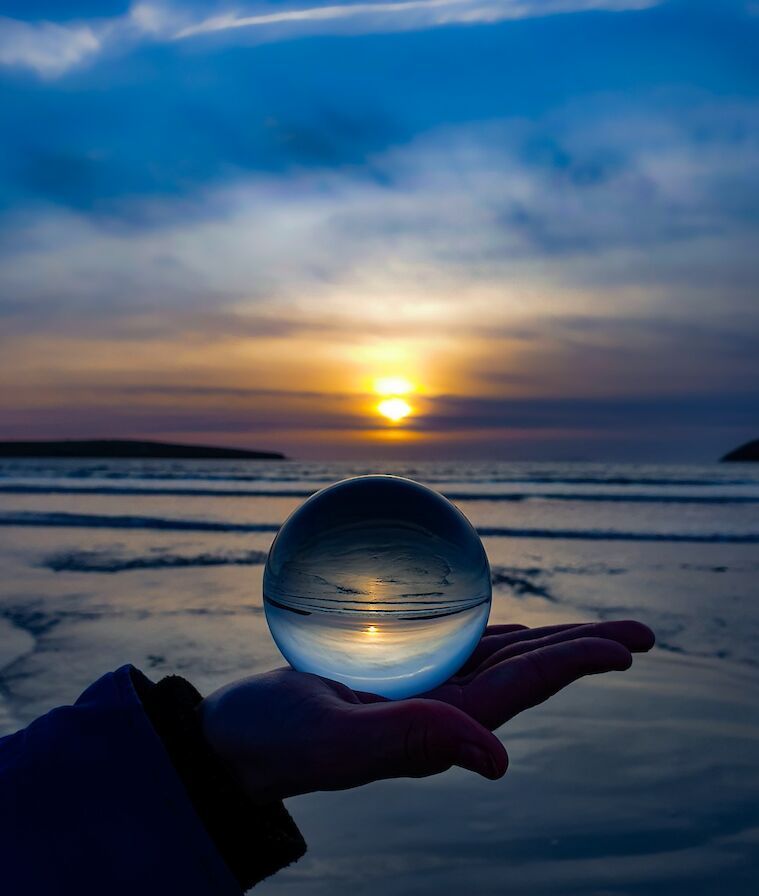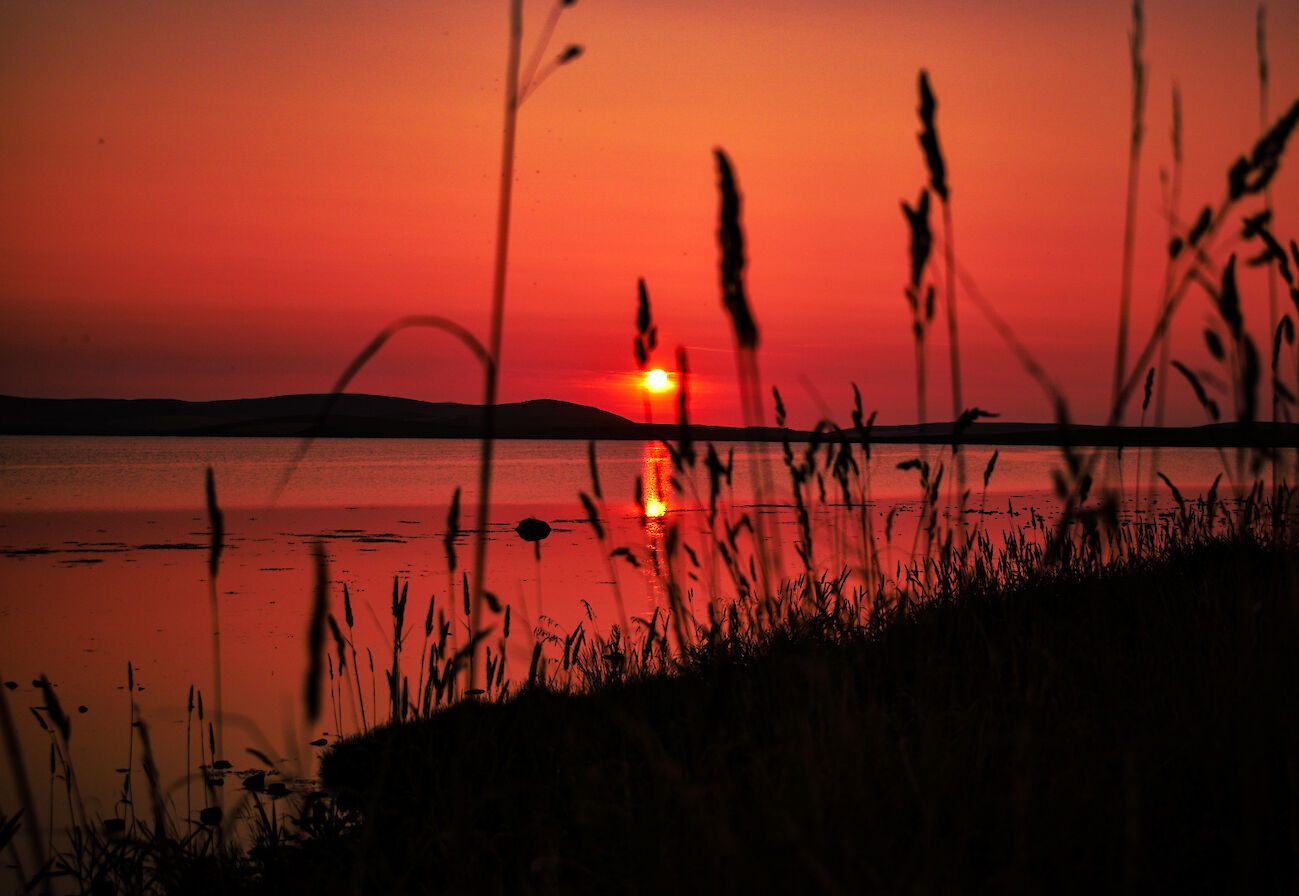Hello and welcome to our latest newsletter from Orkney.
We’re well and truly into autumn now and the islands have already enjoyed the usual mix of wild weather and summer-esque sunshine. It’s a beautiful time of year here, and there is plenty to keep you busy if you’re planning a visit.
Keep reading for the latest news from Orkney, as well as our regular features focusing on our wonderful wildlife and talented photographers.
Remember, if you’re heading here then take a look at our COVID-19 section for all the latest local information.
Latest news
Autumn in Orkney
 Orkney is a special place to be during the autumn and winter months. For us, it’s all about getting outside and experiencing the elements, from waves crashing ashore during a storm, to bursts of sun and beautiful light. On the other hand, if the weather is wild, then you can retreat indoors to enjoy our fabulous food and drink and talented creative community. So, to help you make the most of a visit to the islands over the coming months, we've put together some suggestions in our special ‘Autumn in Orkney’ blog.
Orkney is a special place to be during the autumn and winter months. For us, it’s all about getting outside and experiencing the elements, from waves crashing ashore during a storm, to bursts of sun and beautiful light. On the other hand, if the weather is wild, then you can retreat indoors to enjoy our fabulous food and drink and talented creative community. So, to help you make the most of a visit to the islands over the coming months, we've put together some suggestions in our special ‘Autumn in Orkney’ blog.
Dark Sky status for North Ronaldsay
 Orkney’s most northerly community is now officially a Dark Sky Island. North Ronaldsay has been recognised as an International Dark Sky Community by the International Dark-Sky Association (IDA), with the island joining a select band of locations around the world. The accreditation comes after more than a decade of hard work by the local community, including dark-sky measurements, comprehensive lighting surveys, and commitments to preventing light pollution. It’s hoped Dark Sky status will help bring new visitors to the island over the winter months.
Orkney’s most northerly community is now officially a Dark Sky Island. North Ronaldsay has been recognised as an International Dark Sky Community by the International Dark-Sky Association (IDA), with the island joining a select band of locations around the world. The accreditation comes after more than a decade of hard work by the local community, including dark-sky measurements, comprehensive lighting surveys, and commitments to preventing light pollution. It’s hoped Dark Sky status will help bring new visitors to the island over the winter months.
Local producers claim Great Taste awards
 A number of Orkney food and drink producers will be proudly displaying Great Taste stars on their products after more local success at the annual awards. Humes, run by husband-and-wife team Ian and Anthea Hume, claimed a coveted three stars for its Hot Oak Smoked Organic Salmon. There was also success for the Orkney Creamery, which scooped three separate awards for its new range of flavours. Products from the Deerness Distillery, the Orkney Gin Company, Orkney Distilling and Stockan’s Oatcakes also received recognition.
A number of Orkney food and drink producers will be proudly displaying Great Taste stars on their products after more local success at the annual awards. Humes, run by husband-and-wife team Ian and Anthea Hume, claimed a coveted three stars for its Hot Oak Smoked Organic Salmon. There was also success for the Orkney Creamery, which scooped three separate awards for its new range of flavours. Products from the Deerness Distillery, the Orkney Gin Company, Orkney Distilling and Stockan’s Oatcakes also received recognition.
More stories set to be told
 The Orkney Storytelling Festival returns to something closer to normality this month after a fully-digital event in 2020. A packed programme is planned to celebrate its 12th anniversary, including storytelling walks, an island adventure and much more. At the festival’s heart remains the old tradition of tall tales and folklore, and local storytellers will be looking forward to getting back into the swing of things once again. It’s also hoped some of the live events will be recorded so absent friends can still take part.
The Orkney Storytelling Festival returns to something closer to normality this month after a fully-digital event in 2020. A packed programme is planned to celebrate its 12th anniversary, including storytelling walks, an island adventure and much more. At the festival’s heart remains the old tradition of tall tales and folklore, and local storytellers will be looking forward to getting back into the swing of things once again. It’s also hoped some of the live events will be recorded so absent friends can still take part.
Looking for a late deal?
 If you’re planning a last-minute trip to Orkney then remember to check out the late availability section on Orkney.com to bag yourself a bargain. There is such a range of fantastic accommodation on offer, including town centre pads, country retreats, fishermen’s cottages, and even an electric campervan.
If you’re planning a last-minute trip to Orkney then remember to check out the late availability section on Orkney.com to bag yourself a bargain. There is such a range of fantastic accommodation on offer, including town centre pads, country retreats, fishermen’s cottages, and even an electric campervan.
Wild Orkney
It’s time to join local wildlife filmmaker, Raymond Besant, to explore some of Orkney’s finest and most important natural habitats.
Ordinarily I like to talk about beautiful light and how to make the most of it when capturing images or footage of wildlife, or the best lens or technique to use in a certain situation. But this month there is going to be a lot of facts and figures…don’t let this put you off though, as I hope by the end you’ll have a new appreciation for a habitat very few of us even think about.
In fact, I’d wager not many people even know we have it in Orkney. I’m talking about seagrass, sometimes referred to as eelgrass, or zostera, which covers the two species of the genus found in Scotland (zostera noltii and marina).
If you haven’t seen it before then think about really lush lawn grass that should have been mowed weeks ago (ahem, note to self!) and you’re just about there. Seagrass is found in shallow sheltered bays, often just offshore from sandy beaches. However, it is not a seaweed. It is in fact a flowering plant that forms long bright green leaves and a root system in the sediment. The leaves aren’t very wide but can reach over one metre in length. The length of the leaves may correspond to how deep the area the seagrass is found in, as it of course requires sunlight to grow.
Seagrass is widely distributed around Orkney but only within the parameters of suitable conditions for its growth. Good seagrass beds are to be found in Westray, Sanday and Stronsay, as well as around Finstown, Grimbister and Deerness to name a few.
Recently, I explored the substantial seagrass bed in St Peters Pool, Deerness. This site probably occupies most people’s minds as the muddy beach opposite Dingeshowe and you would be forgiven for not knowing there was a seagrass bed there, as its edge is rarely reached by the lowest of low tides.
I’ve arrived as the tide is still low, with a group of bar-tailed godwits making the most of the invertebrate pickings on offer. I know from experience that it’s very shallow here and I walk for quite a distance before the water is deep enough to allow me to swim. Fortunately, the water is at its warmest right now and a wetsuit is sufficient to stay cosy.
As I swim, the sun appears and the sandy bottom, pock-marked with the casts of lugworms, takes on a kaleidoscopic appearance with the constantly changing shapes of refracted sunshine.
It’s not long however before I reach the edge of the seagrass and I can see why they are sometimes referred to as seagrass meadows, such is the thickness and density of the beds. The colour is superb; the leaves a bright lime green, waving gently back and forth in the calm water, illuminated by the twinkling shafts of sunlight. The bright light makes such a difference - I’ve swam above seagrass beds in dull conditions and it's nowhere near as beautiful. I stand up momentarily to get my bearings and I’m still only in waist-height water. Unbeknownst to me, I’ve been tracked all the way here, with the dark face of a harbour seal peering at me from 50 metres away.
It’s important if you do snorkel here to keep floating at all times when you’re above the seagrass. Although resilient in many ways, it can be damaged physically so don’t be tempted to put your feet down for a rest - leave that for the sandy areas!
I move farther into the meadow and I slowly start to get my eye in. I realise just how much life there is here besides the seagrass. Shore crabs have marked out their territories and they seem to like the little pockets of space where large fronds of kelp have settled, no doubt having been ripped from a rock somewhere nearby. Sea squirts and hydroids are abundant here too, on both the degrading seaweed and the seagrass itself.
In fact, all amongst the seagrass there are little surprises. Mauve-coloured sea hares (a type of sea slug) twist their way up and down the leaves. Tiny flatfish float along the seabed and a fifteen-spined stickleback does its best to float away unnoticed whilst keeping an eye on me. Common or sand gobies are abundant here and are one of the few fish species that will actively approach you if stay still near the bottom - a tactic designed perhaps to profit from disturbed sediment and the chance of an easy meal.
I spot one of my favourite fish, the short-spined scorpionfish, resting at the edge of the seagrass, its glum face no doubt waiting for unsuspecting prey. Although I haven’t seen any here, the seagrass bed at Grimbister is one of the best places in Orkney to see one of the more unusual anemones, the snakelock anemone, which unlike its cousins the beadlet and dahlia, can’t retract its tentacles.
A small shoal of fish darts away in front of me and reinforces what I already knew about these meadows. One of the most important roles of seagrass is providing a nursery area for juvenile fish, many of which go on to become commercially important species. The three-dimensional nature of this habitat offers creatures shelter, protection from predators and increased food availability.
On a personal level I find swimming above the meadows when the water is warm really relaxing. When there is so much to marvel at, worries seem far away. However, I feel a little resistance as I start to swim back with the pull of the tide and this is my cue to head back to shore. On a safety note, although the water is shallow here, it is a fair distance to get to the edge of the beds and it does become deeper. It’s better for stronger swimmers and don’t go alone.
But this piece isn’t really about how I feel. It’s fact and figures time!
To me, seagrass is a ‘super habitat’ with a multitude of functions. It’s an essential fish habitat; its very physical nature helps stabilise sediments and so helps against coastal erosion; it produces oxygen, and some might say most importantly of all, it helps us in the fight against climate change. Globally, seagrasses only occupy 0.1-0.2% of the seafloor, yet are responsible for around 11% of the organic carbon buried in the ocean. And, like many other habitats, we have treated it appallingly.
Around 30% of seagrass beds around the planet have been lost, though there are now projects to halt this decline and, in some cases, help restore the habitat by planting new seagrass.
The term ‘blue carbon’ is becoming more common now and basically refers to carbon stored in the marine and coastal ecosystems. Seagrasses globally play a vital role in sequestering large quantities of carbon, though it’s important to note that there is more carbon stored in the underlying sediment than the plant themselves.
Key ‘blue carbon’ habitats in Orkney include our extensive kelp forests, maerl beds (a kind of hard purple-pink seaweed that looks like coral but isn’t), horse mussel and flame shell beds, as well as seagrass meadows.
Orkney leads the way in developing new renewable technologies, harnessing the power of the wind, waves and tides in the drive for clean energy. But it’s also worth remembering that there are fantastic habitats here already, making a major contribution in removing and storing carbon which should be afforded every protection they need in our fight against climate change.
Find out more about Raymond’s work via his official website. You can also find him on Facebook, Twitter and Instagram.
Focus on photography
Our featured Orkney photographer this month is Vicky Fee, who made the most of 2020 by exploring the islands with her camera.
During lockdown, I took advantage of being in one of only a few places in the UK that had the freedom for folk to move around. I decided to buy a camera and myself and my son, Leon, got outdoors as much as we could. There are so many places in Orkney to visit and we had never really had the time to do it justice before. I’ve always had a creative side but had never explored photography until this year.
I currently use a Nikon D3500 camera with an 18-55mm and 70-300mm lens, and my phone too. I have a large collection of glass balls that have been great fun experimenting with and come with me everywhere now. I am very much still learning and luckily there are lots of great photographers in the islands who are always happy to give advice.
My favourite things to photograph are sunsets. We are very fortunate here to have such colourful skies and no two Orkney sunsets are the same. The west coast has some amazing locations, such as the Brough of Birsay and Marwick Head. There are also beaches all over the islands where you can watch the sun go down over the sea. I’m currently trying to get photos of Orkney landmarks through a lens ball to give a different take on the usual style.
Photography is a fun hobby and I've made many new friends through it. It's definitely made me appreciate how lucky I am to live in these islands. It comes with its challenges; the weather can be very unpredictable, with clear skies one minute and torrential rain the next. But this unpredictability only adds to the appeal of Orkney.
The islands are rich in historical sites, there are incredible cliffs to walk along, and a host of wildlife. There is something here for everyone when it comes to photography.
And finally...
Thank you for taking the time to read our latest newsletter. If you’re planning to visit the islands this autumn or winter, take a look at our COVID-19 section to make sure you’re up-to-date with all the latest news and advice.
We’re always keen to hear from you too - share your news, views and comments on the newsletter, Orkney.com and your Orkney experiences with us on Facebook, Twitter or E-mail.
In the meantime, it's cheerio from Orkney for now.
